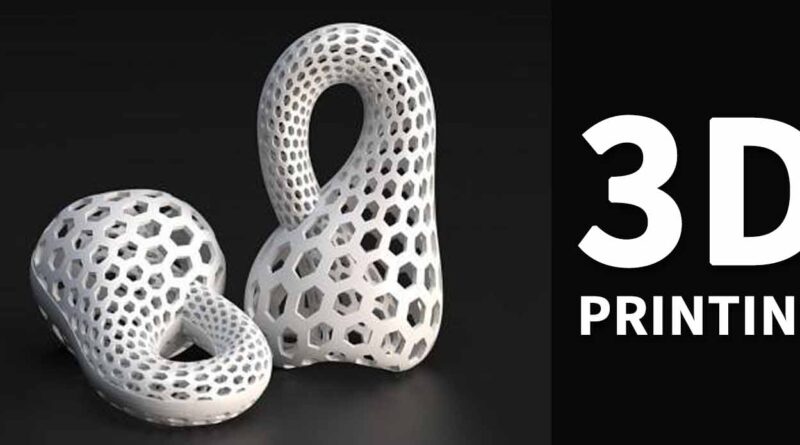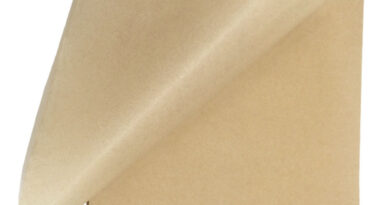Exploring 3D Printing with Metal: The Future of Manufacturing
3D printing has revolutionized various industries, offering innovative solutions and transforming traditional manufacturing methods. Among the numerous advancements in 3D printing, one of the most exciting is the development of 3D printers that print metal. This technology is not only pushing the boundaries of what’s possible but also opening new avenues for applications in sectors such as aerospace, automotive, and medical industries.
The Basics of 3D Printing and Metal Printing
3D printing, also known as additive manufacturing, involves creating objects layer by layer from a digital model. This process allows for the production of complex shapes and structures that traditional manufacturing methods might struggle to achieve. The introduction of 3D printers that print metal has further expanded the capabilities of this technology, enabling the creation of strong, durable metal parts with intricate geometries.
Metal 3D printing involves using metal powders or wires that are melted and fused together to form solid objects. This process can be achieved through various methods such as selective laser melting (SLM), electron beam melting (EBM), and direct energy deposition (DED). Each method has its own advantages and is suitable for different applications, but all share the common goal of harnessing the power of 3D printing to create high-quality metal parts.
Advantages of 3D Printing with Metal
One of the primary advantages of 3D printing with metal is the ability to produce complex and customized parts. Traditional manufacturing methods, such as machining or casting, often require expensive molds and tooling. In contrast, 3D printing eliminates these costs by allowing direct creation from digital designs. This flexibility is particularly valuable for industries that require bespoke components or prototypes, such as aerospace and medical devices.
Another benefit of metal 3D printing is its capacity to reduce material waste. Traditional subtractive manufacturing processes typically involve cutting away material from a larger block, resulting in significant waste. Additive manufacturing, however, builds up the object layer by layer, using only the material necessary to create the part. This not only reduces waste but can also lower material costs over time.
Applications of 3D Printing with Metal
The applications of 3D printing with metal are vast and diverse. In the aerospace industry, metal 3D printing is used to create lightweight yet strong components that can withstand extreme conditions. For example, aerospace manufacturers use 3D printed metal parts for engine components, structural supports, and even rocket nozzles. These parts benefit from the precision and customization that 3D printing offers, improving performance and reducing overall weight.
In the automotive industry, metal 3D printing is employed to produce high-performance parts and prototypes. Engineers use metal 3D printers to develop custom components that enhance vehicle performance and safety. The ability to rapidly iterate on designs and produce parts on-demand helps automotive manufacturers stay competitive and innovative.
The medical field also sees significant advantages from 3D printing with metal. Customized implants, prosthetics, and surgical tools are just a few examples of how metal 3D printing is improving patient outcomes. For instance, orthopedic surgeons can create patient-specific implants that perfectly fit the individual’s anatomy, leading to better recovery and reduced surgery times.
Challenges and Future Directions
Despite its many benefits, metal 3D printing does face some challenges. One of the main issues is the cost of metal 3D printers and the materials they use. High-quality metal powders and specialized equipment can be expensive, making it a barrier for smaller businesses or individual users. However, as technology advances and becomes more widespread, these costs are expected to decrease.
Another challenge is the need for skilled operators and technicians who are knowledgeable about both 3D printing technology and metal processing. Training and education will play a crucial role in overcoming this hurdle and ensuring the successful adoption of metal 3D printing in various industries.
Looking to the future, metal 3D printing is likely to continue evolving with advancements in technology and materials. Innovations such as faster printing speeds, improved material properties, and more cost-effective solutions are on the horizon. These developments will further enhance the capabilities of 3D printers that print metal, making them an even more valuable tool in modern manufacturing.
Conclusion
3D printing with metal is a groundbreaking technology that offers numerous advantages, including the ability to produce complex parts, reduce material waste, and enable customized solutions. As industries such as aerospace, automotive, and medical fields increasingly adopt this technology, the impact of metal 3D printing will continue to grow. Despite current challenges, ongoing advancements promise to make metal 3D printing more accessible and efficient, paving the way for a future where this technology becomes a standard in manufacturing.




